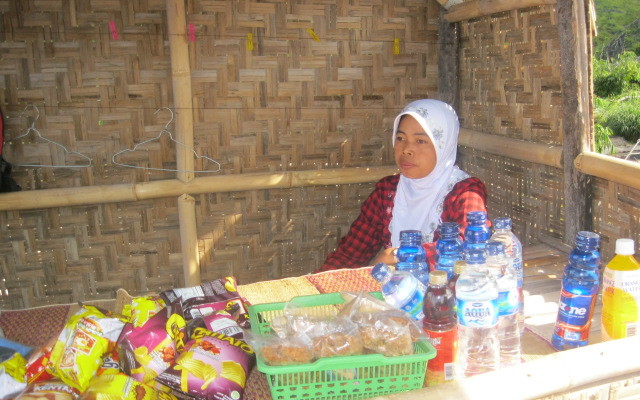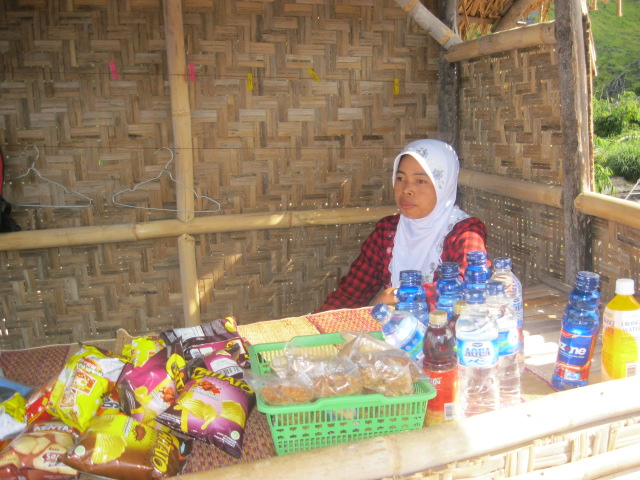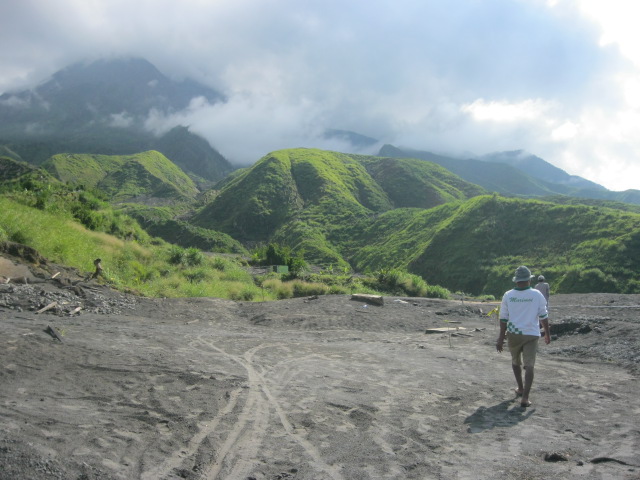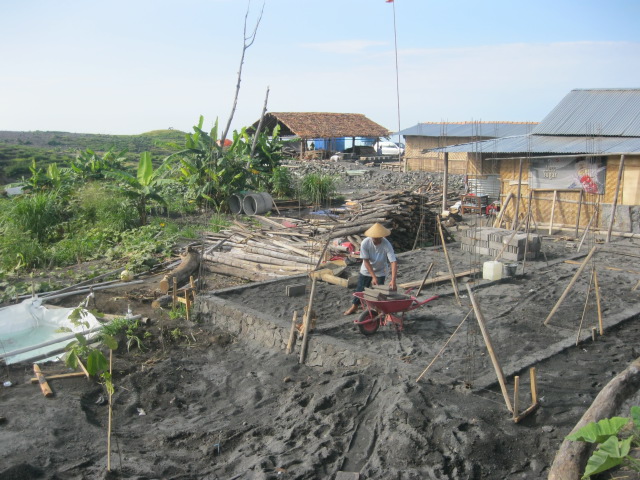By: Reyhard Matheos
Ngatinem, a middle aged women, waved to us to visit her small bamboo made “warung” that sells bottled water, jaddah tempe (a traditional local snack of Yogyakarta), and instant noodles. Like many of her neighbours and the village people in the surrounding area, they now have become shop-keepers to gain money from the tourists after their villages were destroyed by the Merapi eruptions between October and November last year. Hundreds of people lost their lives during that time.
Chrisye (RIP), a legendary pop musician, once sang “Badai Pasti Berlalu” (Disaster Will End), a song which comes as a reminder for humanity that not all hope is lost; that we can rebuild and restart our lives again, and that is what Ngatinem and her fellow neighbors are struggling with now.
Post Merapi, a farming village becomes a tourist attraction
Kinahrejo, once a village of mountain peasants, has now become a tourism hotspot. Unlike any other, this is not a sawah view, an authentic village or a quaint old building, this is a post volcano eruption spot. Personally, for me, Kinahrejo as a tourism attraction, despite its picturesque landscapes, creates a mixed feeling of a tragedy, sand and happy memories, and also relief.
Ngatinem and her fellow neighbors lost their house and their loved ones, up until now they are still striving to rebuild their villages, although with only selling snacks in the their “ex-villages” it might take a long time before they have earned enough money. Some people have already started to rebuild their houses but many are still living in shelters.
These persistent and humble people try to find a scratch of fortune from the newly developed tourist spot, that used to be their home. Some of them turned from farmers into ojek drivers (motorcycle taxi), and others became shop-keepers selling souvenirs with a Merapi theme: pictures, videos, and small books that recount the Merapi Eruption. There’s even a small cafe where you can get ‘Ash Cloud Soup,’ ‘Volcanic Nasi Goreng’ and other Merapi related snacks and drinks. Of course you can also just walk to the mountainous landscape, without taking an ojek or buying souvenirs. There’s a gate that you will have to pass, costing you 4000 rupiah each and after that you don’t have to pay anything unless you want to buy something at the shop.
How to get to Kiharrejo
Kinahrejo village is located a few kilometres north of Cangkringan and is not hard to find. You can get there with public bus or rent a motorcycle in Yogyakarta. As Ngatinem said: “This is the only thing we can do now and we’re hoping for more aid. Buy some stuff from my shop would also help” as she smiled and shook our hands after a 30 minute conversation.
Maybe it’s a bit macabre, but the whole point is that at this tourist attraction, you can help those who suffered directly from the eruption and also enjoy the silent and enchanting landscapes created by nature itself.
















